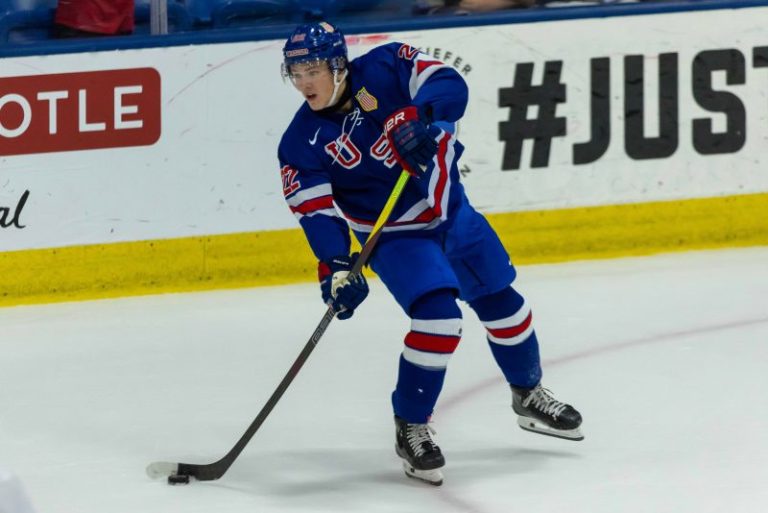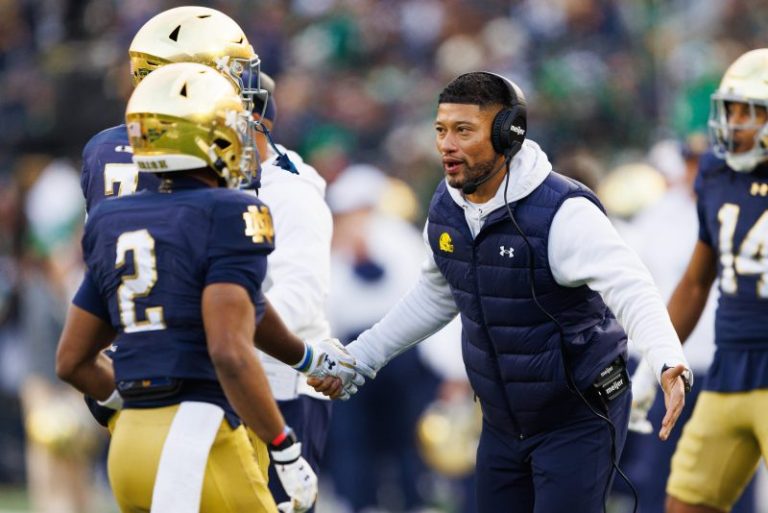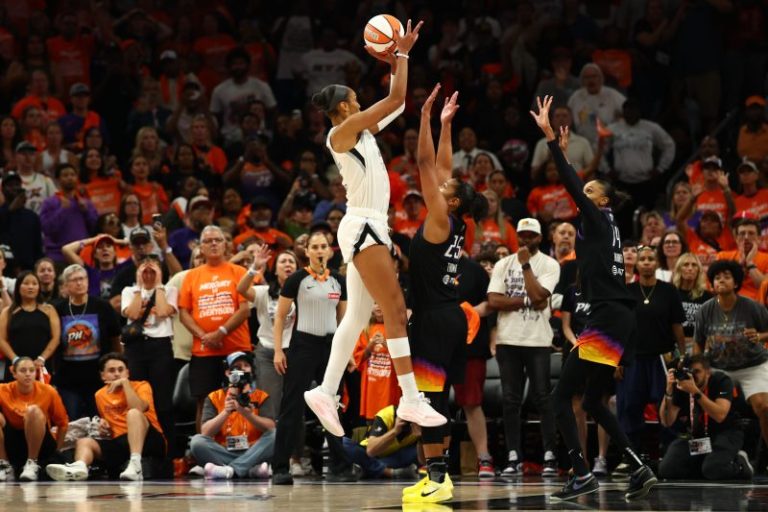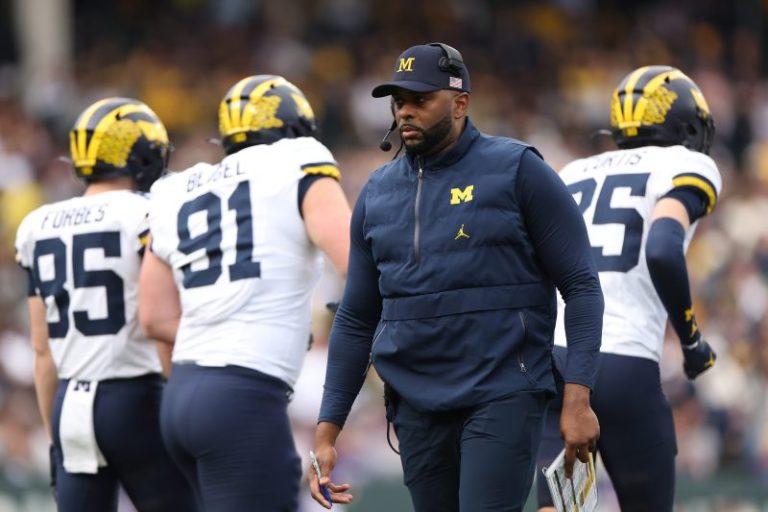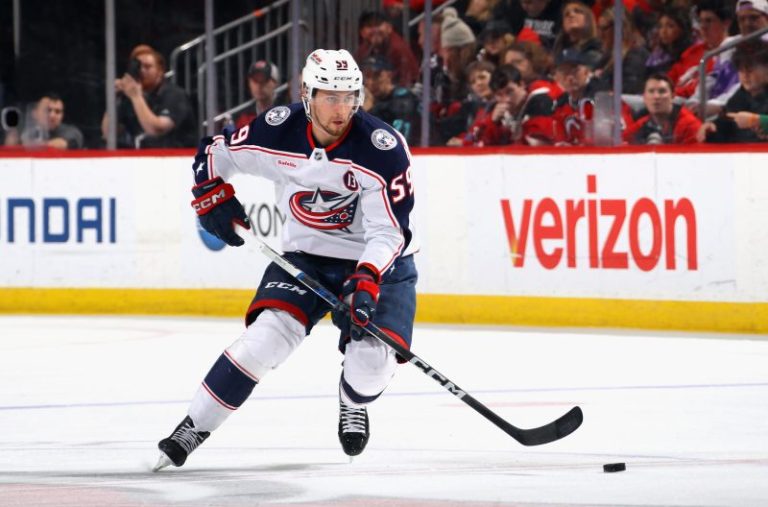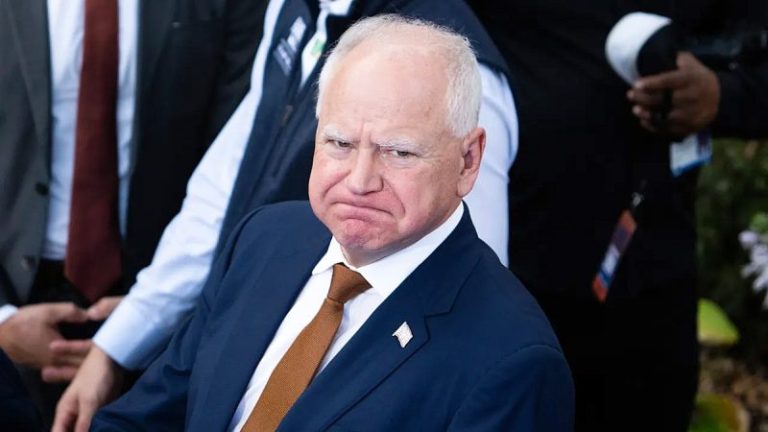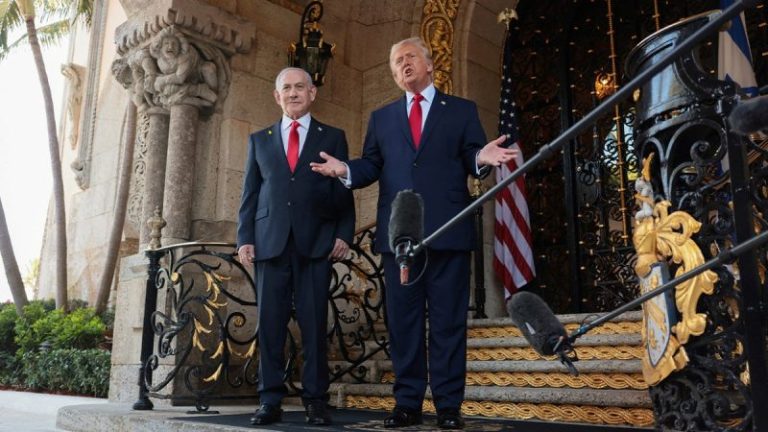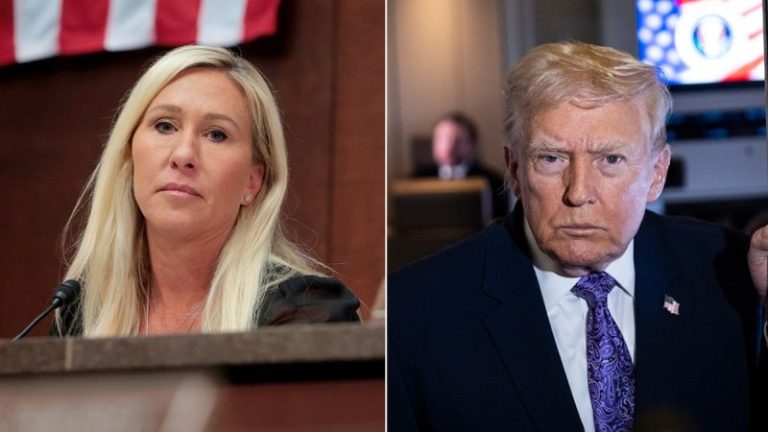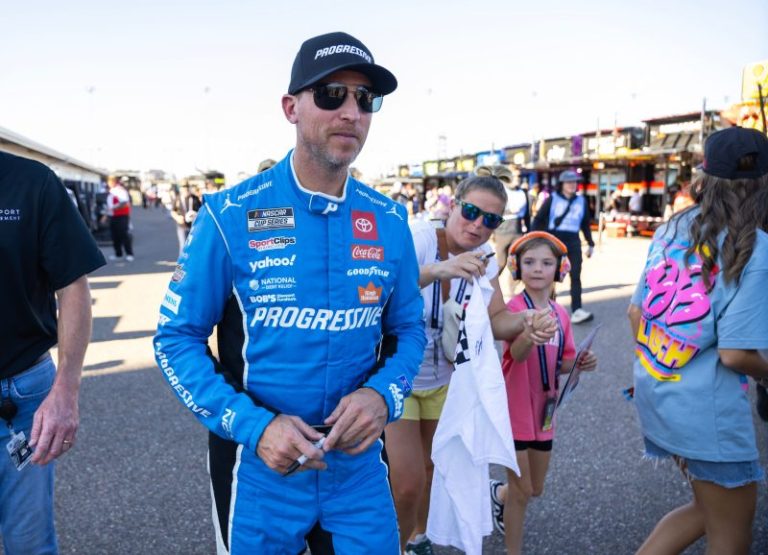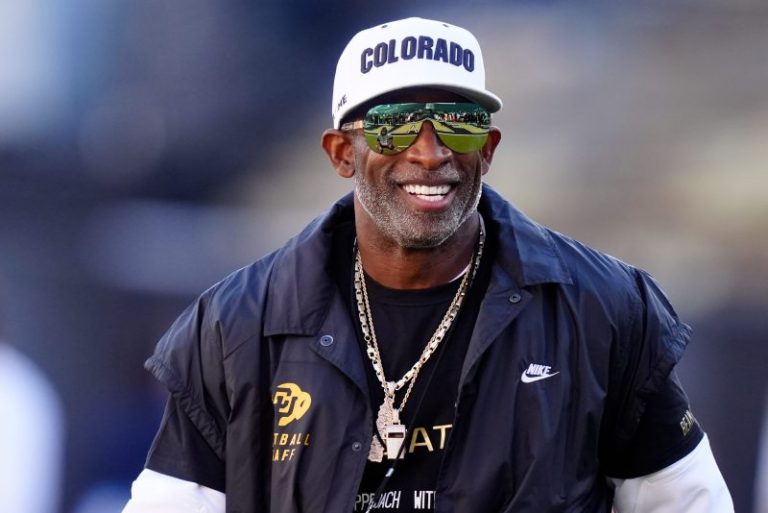Former Michigan coach Sherrone Moore faces a felony charge and a two-year NCAA penalty, making his return to coaching uncertain.
Several other high-profile coaches, including Rick Pitino and Bobby Petrino, have returned to coaching after major scandals.
Experts note that Moore’s criminal charges and the current climate of university accountability create a steeper climb for his redemption.
Long before Sherrone Moore threw away his job with an embarrassing scandal at Michigan, Louisville men’s basketball coach Rick Pitino had extramarital sex with a woman at a restaurant and paid $3,000 for her abortion. Then he got fired after a parade of other scandals at Louisville in 2017.
But Pitino was forgiven and bounced back as head coach at Iona and then St. John’s, where his team recently has been ranked in the USA TODAY Sports Coaches Poll Top 25.
Will Moore ever get that same chance to redeem himself as football coach?
“I don’t think a college will take the risk,” said Louis Moore, a sports history professor at Michigan State.
The risk comes from Sherrone Moore’s history. He had an extramarital affair with his executive assistant at Michigan, which was kept secret for years and violated university policy. He also allegedly confronted the woman at her home Dec. 10 after she disclosed their affair to the university, leading him to be arrested and charged with felony home invasion and stalking. And don’t forget the two cheating scandals at Michigan and his two-year show-cause penalty for that.
But did Sherrone Moore do something worse than these guys?
Several other high-profile college coaches showed how to survive reputational damage and return to coaching, including Sherrone Moore’s mentor at Michigan, Jim Harbaugh, who was arrested on suspicion of drunken driving in 2005.
Is Sherrone Moore’s scandal worse than those of Pitino or Bobby Petrino or Art Briles?
USA TODAY Sports contacted sports history and crisis management experts about how Sherrone Moore might be able to revive his career — or not.
History is a guide with these other disgraced coaches. Each returned to coaching in some capacity, except Mel Tucker, the former coach at Michigan State. Each also are white except Tucker, who is Black like Sherrone Moore.
This is relevant considering that relatively few Black coaches have received first chances as head coaches in college football, let alone second chances.
“Historically, the coach whose behavior gets forgiven, forgotten or rewritten is white,” said Sandy Young, CEO of J. Walcher Communications, which specializes in crisis communications.
The Jim Harbaugh scandals
Before his coaching career exploded into the larger national spotlight, Harbaugh was the head coach at the University of San Diego when he was pulled over by police for running a stop sign in Encinitas, California, on Oct. 30, 2005. He ended up getting charged with drunken driving and went to jail for seven and a half hours that night before being released. In January 2006, he pleaded guilty to misdemeanor reckless driving, resulting in three years of probation, a $1,300 fine and attendance at an educational program for first-time drunk-driving offenders. Harbaugh gave a statement about it then.
“I’m more embarrassed for the people around me than I am for myself,’ Harbaugh said in November 2005. ‘I’ve made a lifetime of good social decisions, and this was a bad one. Our players know they have consequences for decisions they make. That applies to me, too. I’ll take responsibility for this action.’
His mistake didn’t stop Stanford from hiring him later that year as head coach. He then ended up as head coach at Michigan, where he became engulfed in cheating scandals that ended up effectively barring him from coaching in the NCAA until 2038. Like Sherrone Moore, Harbaugh’s assistant coach at Michigan, Harbaugh was deemed a “repeat violator” by the NCAA.
He fled college coaching to the NFL, where he is head coach of the Los Angeles Chargers.
‘Moore might have a chance to start with a lower-level job with the Chargers and Harbaugh,” said professor Louis Moore, who is not related to the former Michigan coach. “I can see Coach Harbaugh bringing his faith into that decision.’
The Dave Bliss scandal
One of Bliss’ players at Baylor, Carlton Dotson, murdered another one of his players in 2003, setting up a coverup attempt that ended Bliss’ major college coaching career
Bliss tried to frame the dead player, Patrick Dennehy, as a drug dealer to conceal NCAA rules violations, which included Bliss making tuition payments for players and unreported failed drug tests.
Bliss was not charged with crimes but got into deep trouble with the NCAA, which effectively banned him from coaching in the NCAA for 10 years.
Bliss, now 82, returned to coach at lower levels, including a high school team in Las Vegas, where he was mostly out of the spotlight. This could be the way back for Sherrone Moore.
“If he ever returns to coaching, it would almost certainly begin at a lower level and in a setting willing to absorb substantial reputational risk,” said Robert Gemmill of ChangeMakers USA, which specializes in reputation management. “A return to a Big Ten Conference-caliber role would require not just time, but a verifiable, long-term record of change. Even then, it remains a steep climb.”
The Mel Tucker scandal
On a phone call in 2022, rape survivor Brenda Tracy said the Michigan State football coach made sexual comments about her and masturbated. Tucker said it was consensual phone sex. But the sexual harassment allegations led to Tucker’s firing for inappropriate conduct in 2023.
Tucker wasn’t charged with a crime. He hasn’t coached since.
“I think they’re done in college,” professor Louis Moore said of Tucker and Sherrone Moore.
One reason for that is universities stress safety for students and in the workplace. Tucker’s conduct and the criminal charges against Sherrone Moore don’t exactly support that message.
“Institutions today are highly sensitive to cultural, regulatory, and brand risk,” Gemmill said. “This is especially true for universities, which are under intense political and public scrutiny. A head coach is expected to be a symbol of integrity and stability.”
Another factor in Tucker’s situation is that he remains engaged in a lawsuit with Michigan State over his termination. In a similar circumstance, Pat Fitzgerald spent three seasons away from college coaching after being fired by Northwestern in 2023 amid a hazing scandal in the program. Fitzgerald sued the school, claiming the firing for cause was unjust. The sides resolved the case this fall, and he was hired, coincidentally, by Michigan State last month.
The Rick Pitino scandals
Pitino, 73, is still coaching basketball at St. John’s after several previous scandals, including having sex at a restaurant with the wife of his equipment manager and paying $3,000 for her abortion, as revealed in an extortion case against the woman in 2009. Pitino was the victim in the extortion attempt, but it wasn’t a good look for Louisville, his employer.
Then came the other scandals that ultimately led to his firing in 2017. The FBI investigated his program for bribery of recruits. The NCAA also accused him of failing to monitor his own program at Louisville, resulting in a five-game suspension. His team’s 2013 national championship even was vacated in a scandal involving players getting sexual favors at parties arranged by a Louisville staffer.
But Pitino never was charged with a crime. And he wins. So he still got college coaching jobs after fleeing to coach in Greece in late 2018. Iona hired him in 2020, followed by St. John’s in 2023.
The Bobby Petrino scandal
In 2012, then-Arkansas football coach Bobby Petrino crashed his motorcycle and broke his ribs in an accident. He wore a neck brace to a news conference afterward and led the university to believe he was alone in the crash. But that wasn’t true. He was with an Arkansas staffer with whom he was having an extramarital affair. Petrino also had given her a $20,000 gift and helped her get a job at the university.
Petrino had failed to disclose this to the university and was fired for it but bounced back by getting hired at Western Kentucky later that year after publicly apologizing on ESPN.
After a few more stops at other jobs, Arkansas even hired him back as an assistant coach for 2024. Then he was named interim head coach there in September. He recently was hired as offensive coordinator at North Carolina.
The Huge Freeze scandal
Freeze resigned as head football coach at Ole Miss in 2017 after a scandal that tarnished his public persona as an outspoken evangelical Christian and husband. Records obtained by USA TODAY Sports showed a one-minute call was made on Jan. 19, 2016, from Freeze’s university-issued phone to a number associated with a female escort service. Ole Miss said it found a “concerning” related pattern when it looked into Freeze’s phone records.
Freeze wasn’t charged with a crime and soon bounced back in 2019 as head coach at Liberty, a private evangelical Christian university. He then moved on to Auburn, where he recently was fired for one of the biggest sins in the South — losing too many games. His record there since 2023 was 15-19.
The Art Briles scandal
Briles was fired at Baylor in 2016 after he presided over a football program whose players rang up a list of gang rapes and other sexual and domestic assaults. He turned a blind eye to it, making him verboten as a coaching candidate at most colleges even after an apology perceived as insufficient, if not insincere.
He then coached in Italy and in high school before getting a job at Grambling State in 2022. But the uproar over his hiring led him to resign four days later, saying he didn’t want to be a “distraction.”
Now he’s back as a college head coach at Division II Eastern New Mexico after getting hired there in November.
Criminal charge sticks out for Sherrone Moore
What sets Sherrone Moore’s case apart from those above is the criminal charges. He still could end up pleading to a lesser charge like Harbaugh did and avoid jail time.
“Hiring someone with Coach Moore’s recent history would immediately raise questions about workplace safety, institutional judgment, and whether the school prioritizes student welfare or wins on the field,” Gemmill said. “The post-termination conduct is particularly damaging: showing up at a young woman’s home in an emotionally charged moment undermines the argument that this was a single lapse of judgment. For many employers, that incident alone will be disqualifying for years.”
Follow reporter Brent Schrotenboer @Schrotenboer. Email: bschrotenb@usatoday.com
This post appeared first on USA TODAY

